Since this remote control unit (a UTB-YUB/GUB/TUB) doesn't have infrared, I couldn't just point an IR blaster at it. After some googling, I found a number of installation manuals and discovered the remote uses some sort of 1-wire (as in an actual single wire, not the protocol invented by Dallas Semiconductors) to do communication.
A few ebay searches later, and I found new remote control unit for $60 (from a supplier 20 km away), so I have a test unit that I can play with.
First step: Work out how this thing comminucates with the outside unit...
 Myles Eftos
Myles Eftos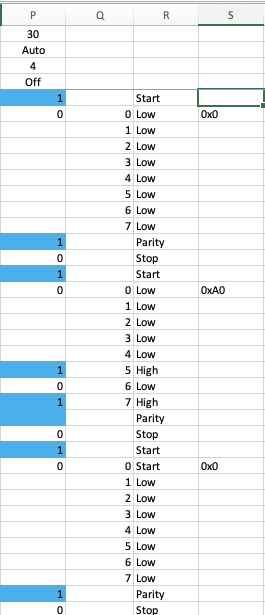
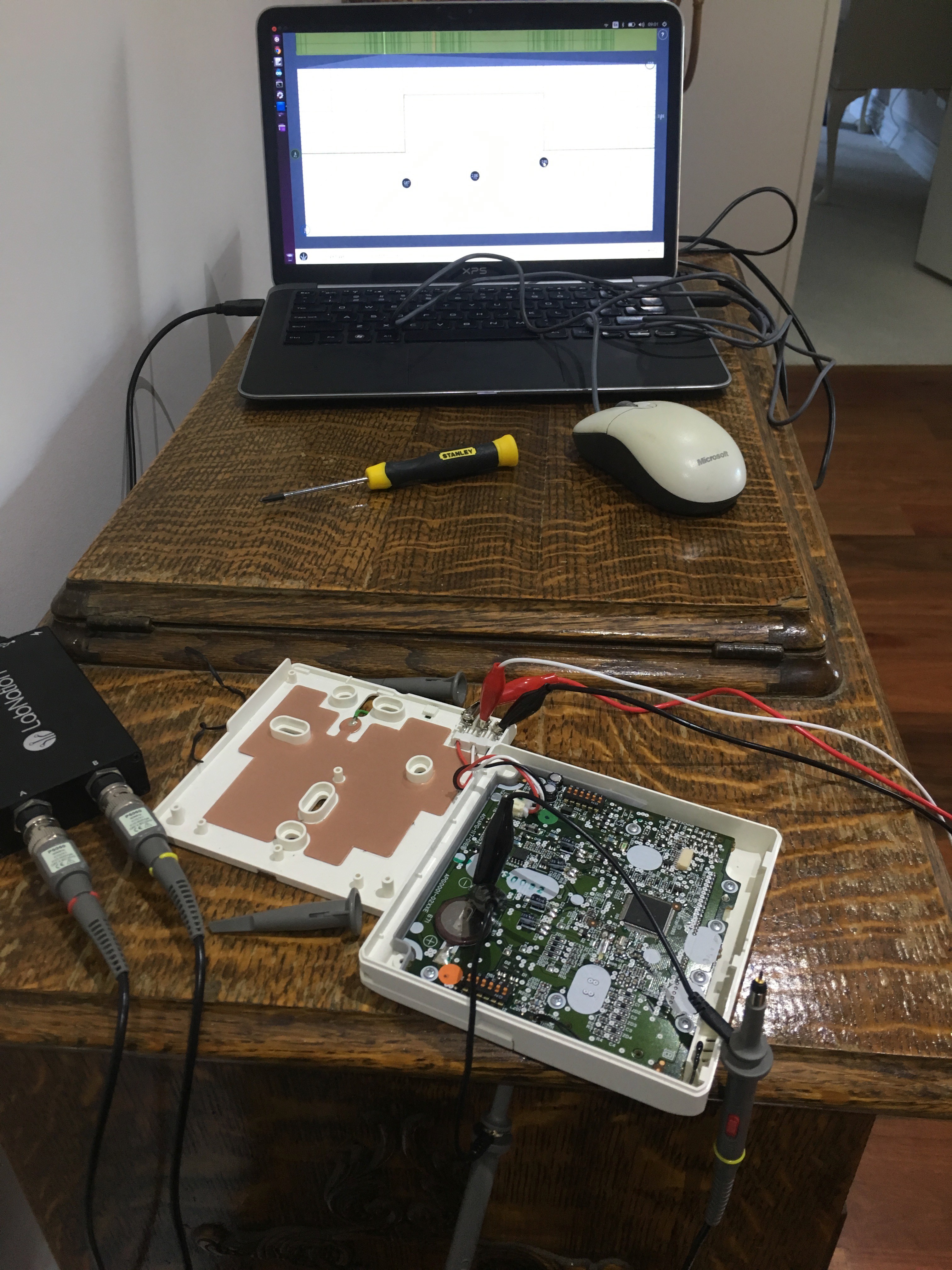
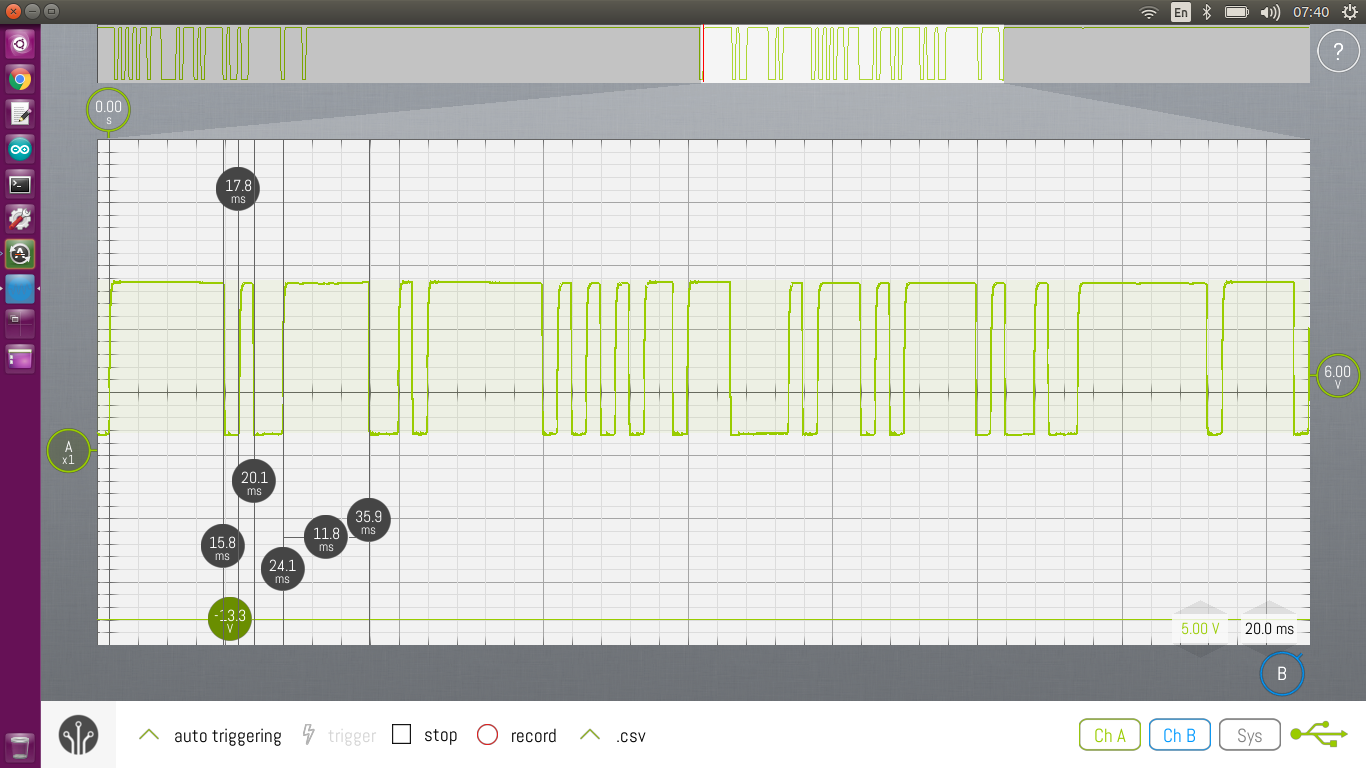
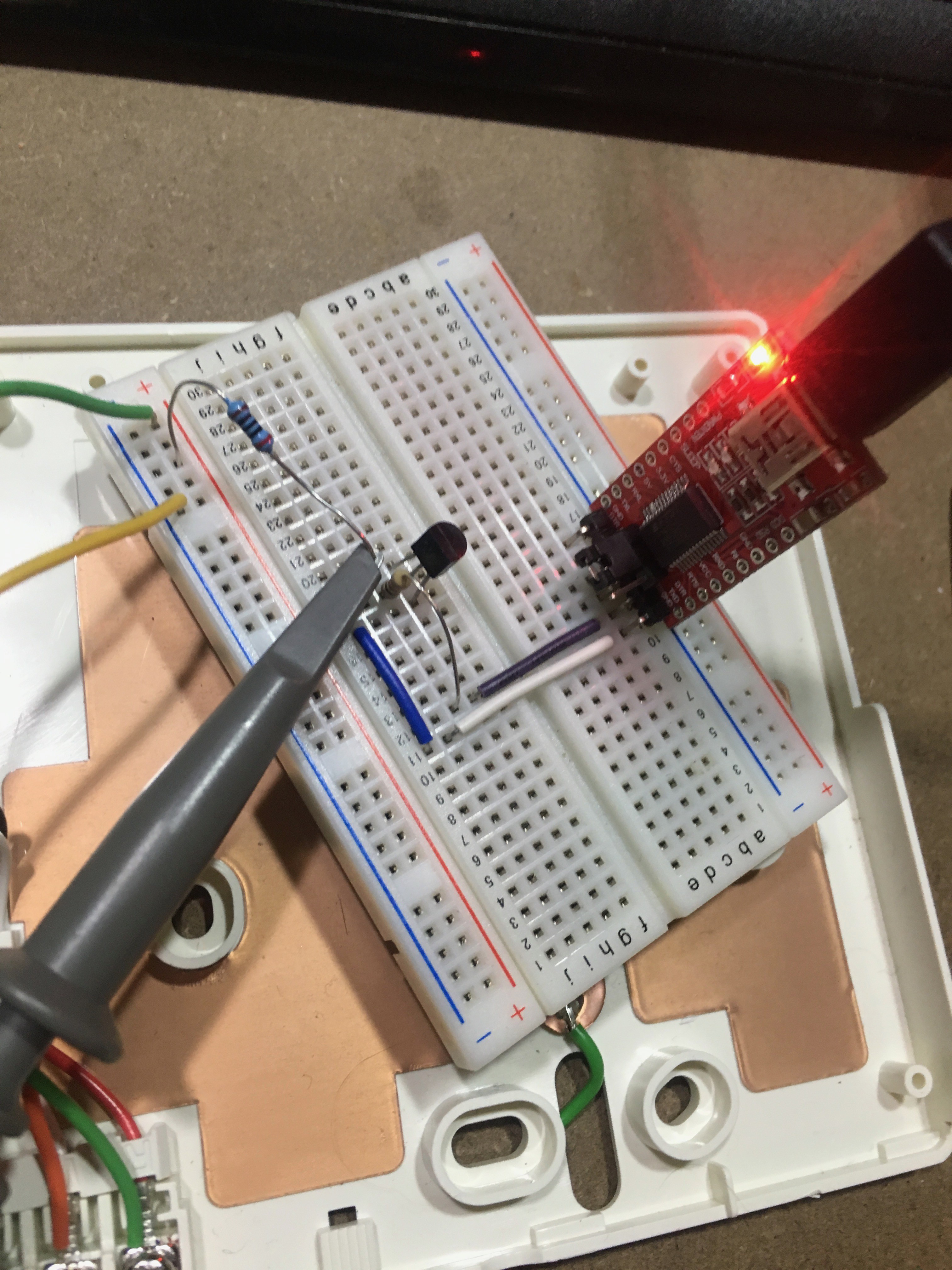
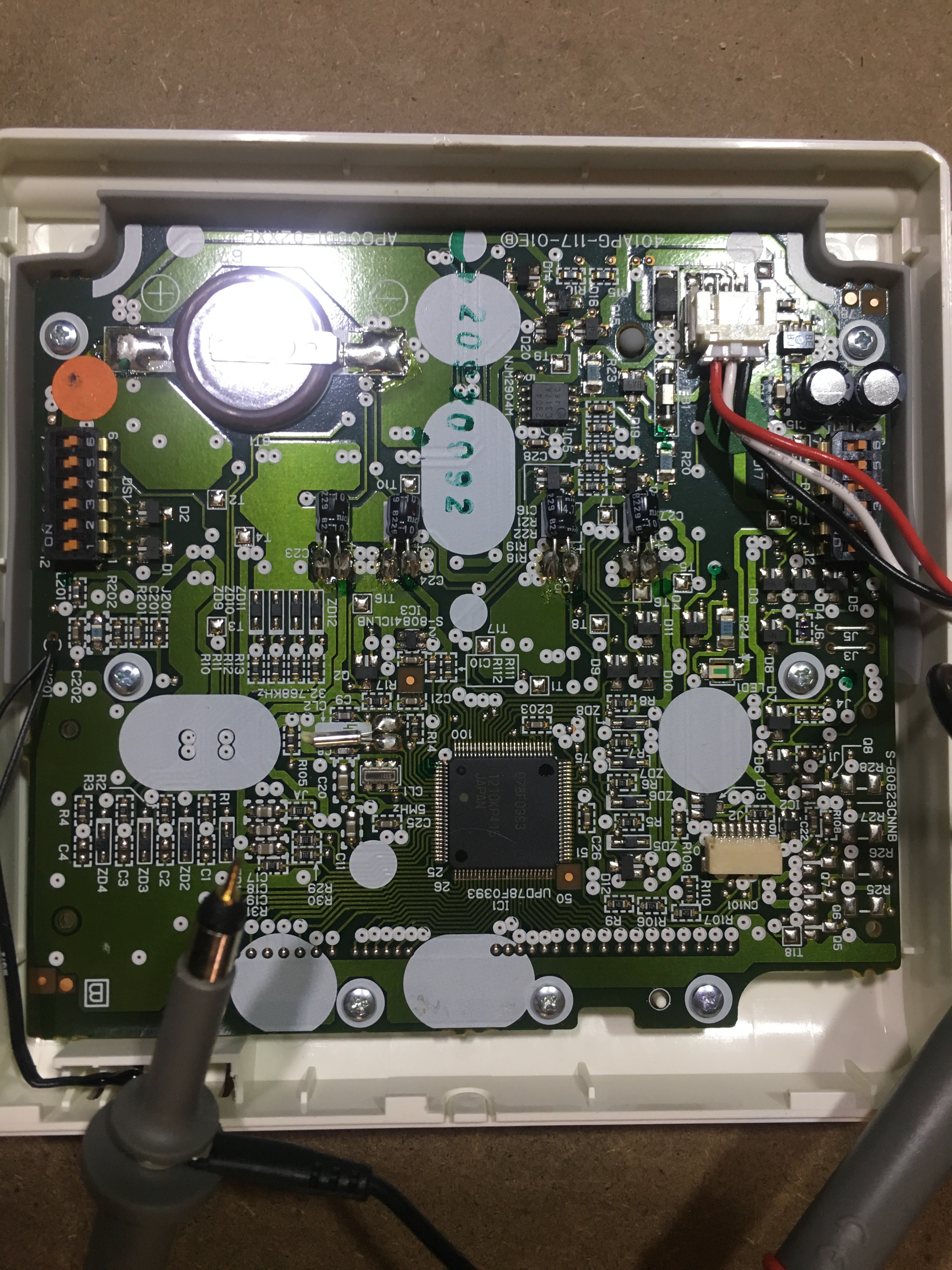
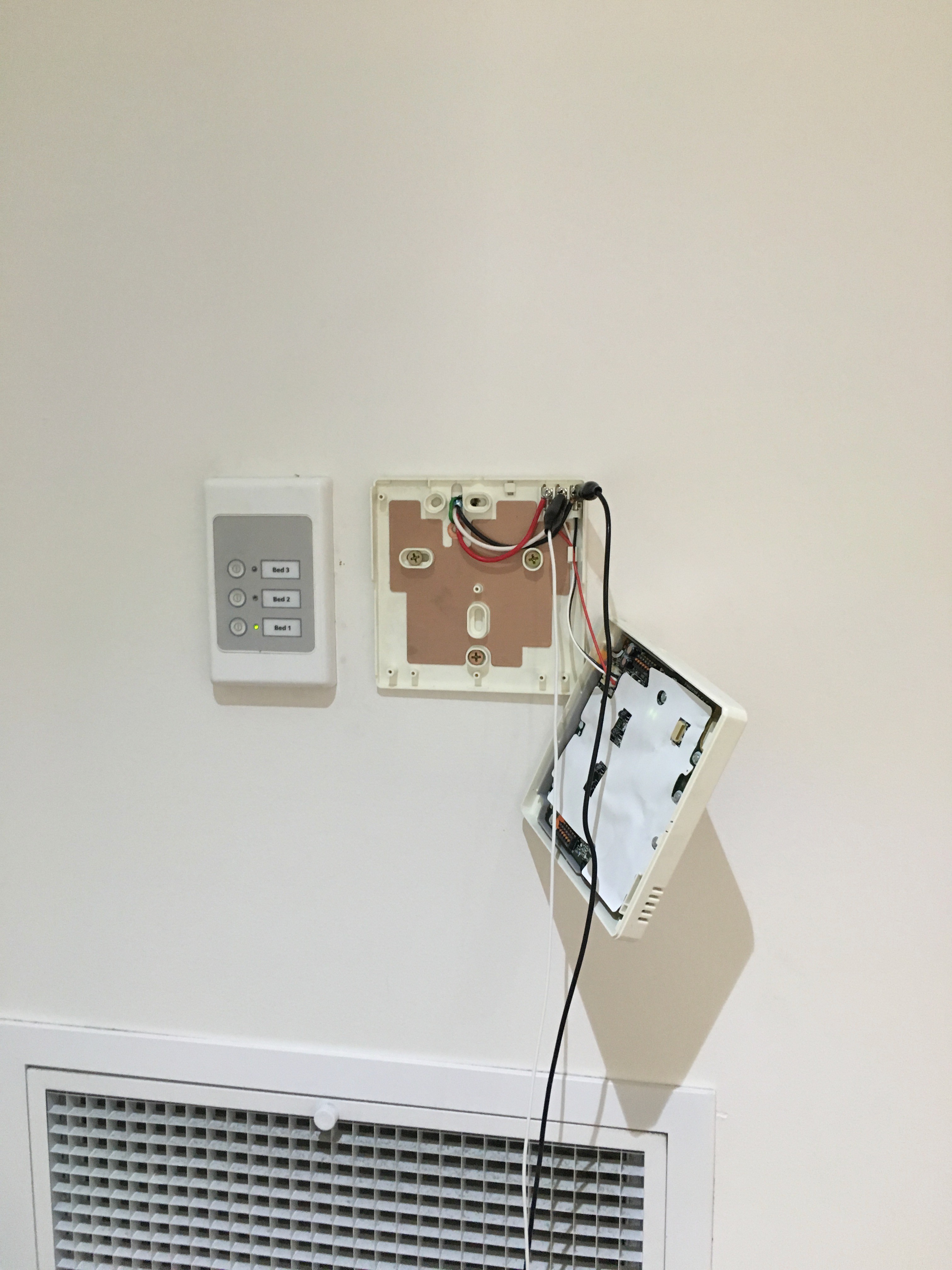
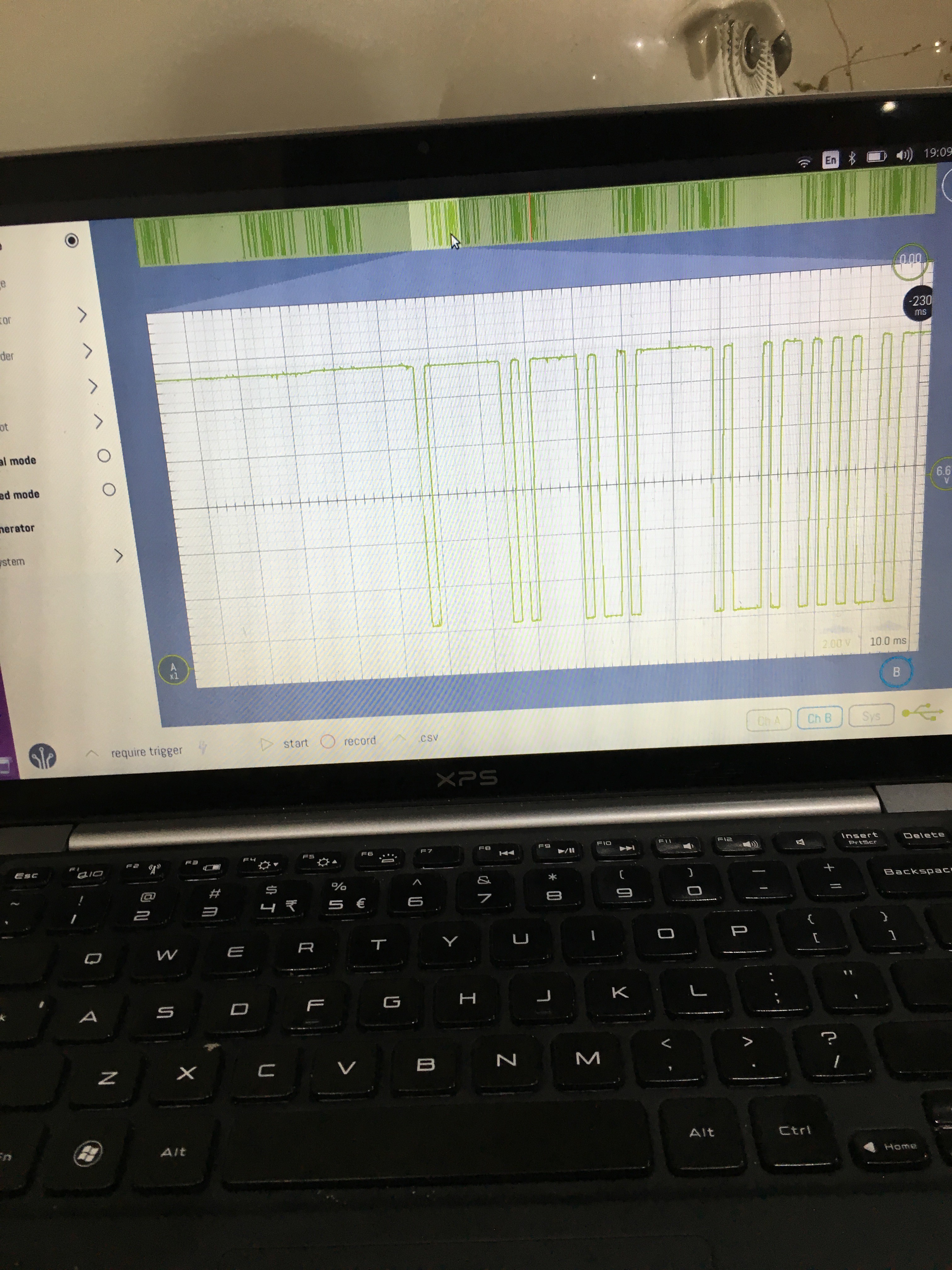
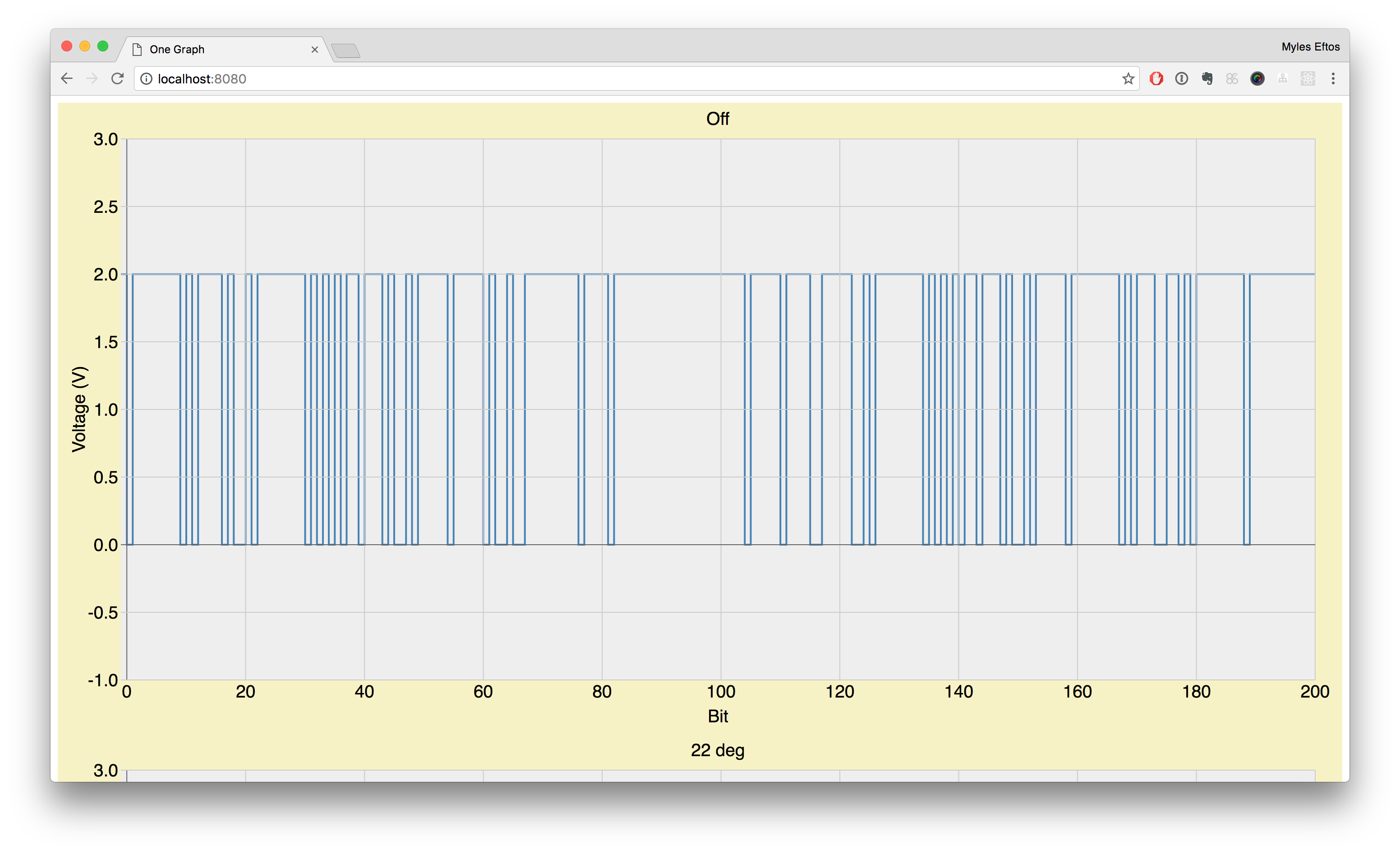


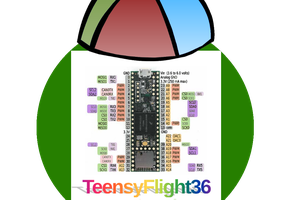
 Jacob Dahl
Jacob Dahl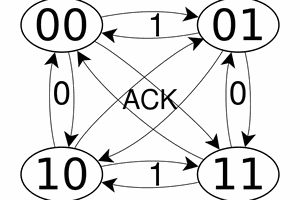
 Yann Guidon / YGDES
Yann Guidon / YGDES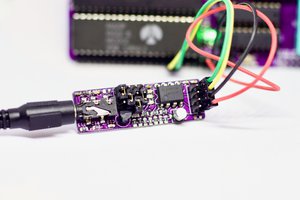
 Anders Nielsen
Anders Nielsen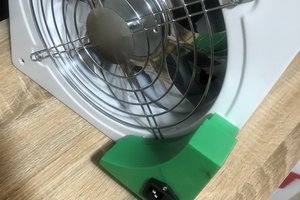
 John Duffy
John Duffy
Really good work @Myles Eftos !!! Here another person interested in your project. I've same unit at home and I'd like to control it with ESP8266. Any new clue about protocol involved in communication? Maybe LIN protocol as @Eddi suggested? Thank for your time publishing the project here.